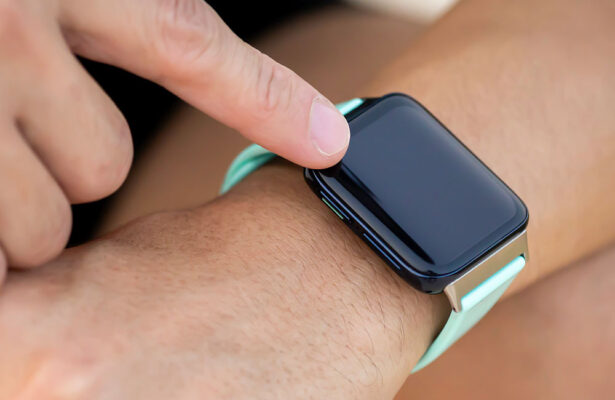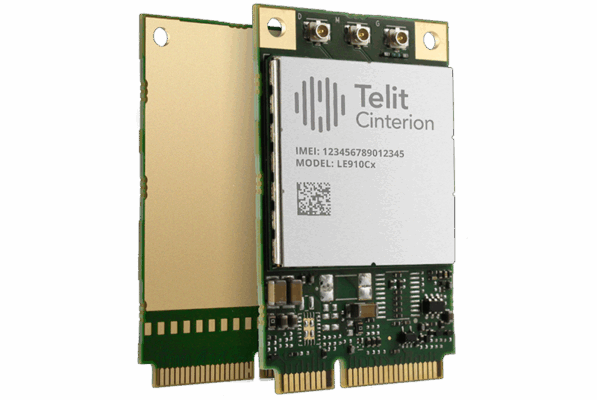Cat 1 vs. Cat 1 Bis: What’s the Difference?
By Shaun Elliott
June 19, 2025
Estimated reading time: 4 minutes

LTE Cat 1 is a well-established standard for mid-speed Internet of Things (IoT) applications. It balances performance and cost with network compatibility. LTE Cat M1 supports low-power, low-data-rate applications that need extended battery life and reliable connectivity.
Cat 1 bis is an emerging option that offers various benefits and utilizes a single antenna, similar to Cat M1.
The antenna requirement is the fundamental difference between LTE Cat 1 and LTE Cat 1 bis. The former requires two antennas, while the latter needs only one. Both Cat 1 and Cat 1 bis support IoT applications. Cat 1 bis is preferable for smaller device applications with moderate data needs, such as smart meters or home alarm systems.

In 2008, 3GPP Release (Rel) 8 introduced the LTE Cat 1 standard, the first Internet of Things (IoT) variant of LTE. Eight years later, market demand for wearable devices like smartwatches and other small form factor IoT devices had increased.
Cat 1 IoT devices had limited space because of their antenna requirements. At the time, two antennas were needed for LTE to run at a high data rate. However, two antennas cost extra money and used more resources and components.
This space problem led to an official standard called Cat 1 bis as part of 3GPP Rel 13 in 2016. This satisfied the market need for small devices that could use one antenna. Although Cat 1 bis is an older standard, its usefulness makes it relevant for businesses today.
Cat 1 bis is valuable for small IoT devices with limited space. Two antennas reduce room for additional components and circuitry. From a cost perspective, Cat 1 bis devices are less expensive because of the simpler antenna design. Cat 1 bis is also beneficial for cellular module manufacturers as it makes it more cost-effective to build their products.
Even if these small IoT devices had two antennas, there would be minimal — if any — enhancement to the signal strength. Antennas placed close together in a small IoT device can cause interference, which results in signal degradation.
The use of a single antenna can reduce data throughput and minimally limit coverage handovers between cell towers. The cellular handover is the process in which a cellular network changes one of the following to achieve better service:
Most IoT devices don’t require continuous high-speed connectivity, which makes Cat 1 bis a practical choice.

The initial purpose of Cat 1 bis was to solve space limitations in small IoT devices. Businesses continue to find this standard helpful for their IoT applications.
Alternative IoT standards have benefits but are fragmented and have lower data rates. LTE Cat M supports data rates of up to 1 Mbps (megabits per second) for both uplink and downlink. NB-IoT has even lower data rates, peaking at about 200 Kbps (kilobits per second) on the uplink and 250 Kbps on the downlink. Cat 1 bis is not fragmented and offers greater device coverage and reliability.
LTE-M and NB-IoT suffer from inconsistent global rollout. Cat 1 bis offers a stable and well-supported network footprint in most regions. Businesses can scale globally without compatibility issues.
Cat 1 bis is excellent for connectivity activation in many applications, including IoT-enabled alarm systems. Connectivity activation allows businesses to choose the best-fit connectivity plans and services. Technicians no longer need to travel on-site to change SIM cards, which saves time. Companies achieve continuity when IoT devices switch from one cell provider to another during outages.
In addition, Cat 1 bis offers global coverage with higher bandwidth and power efficiency. It uses LTE instead of 2G or 3G, future-proofing the device as older networks retire worldwide.

Telit Cinterion offers Cat 1 bis modules for various IoT applications that include:
Our flagship xE910 LTE modules deliver 4G radio access technology in the 28.2 x 28.2 x 2.2 mm family form factor. These cost-effective modules leverage our “design once, use anywhere” strategy to provide optimal longevity and global scalability.
Telit Cinterion offers affordable connectivity plans and services to support the needs of large, mid-speed LTE deployments. We also provide subscriptions and comprehensive connectivity management tools.
Speak with our LTE IoT experts to compare Cat 1 vs. Cat 1 bis for your application and select the right module for your needs.